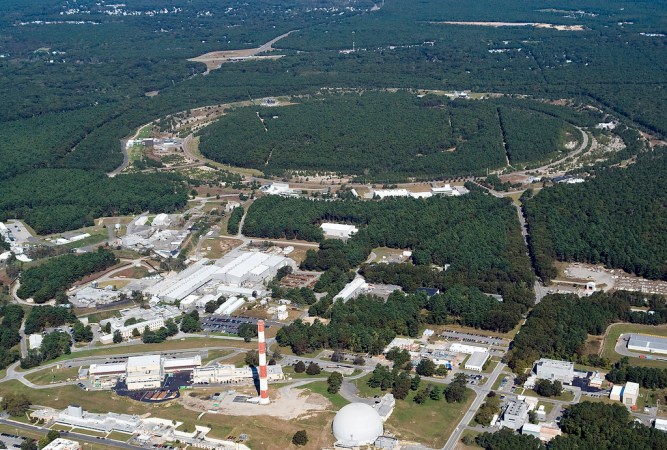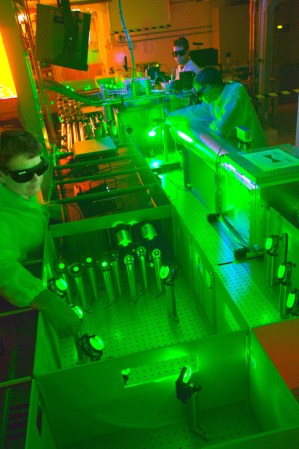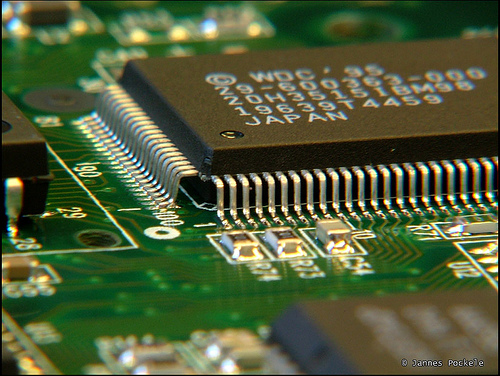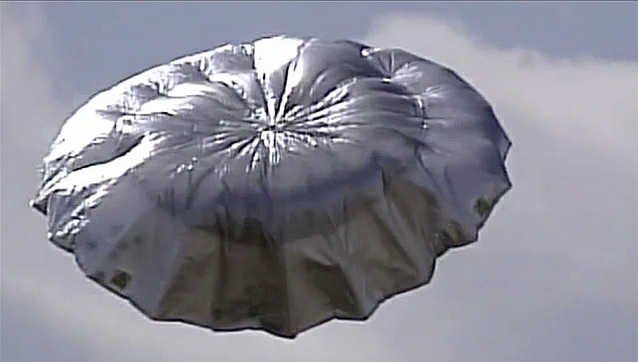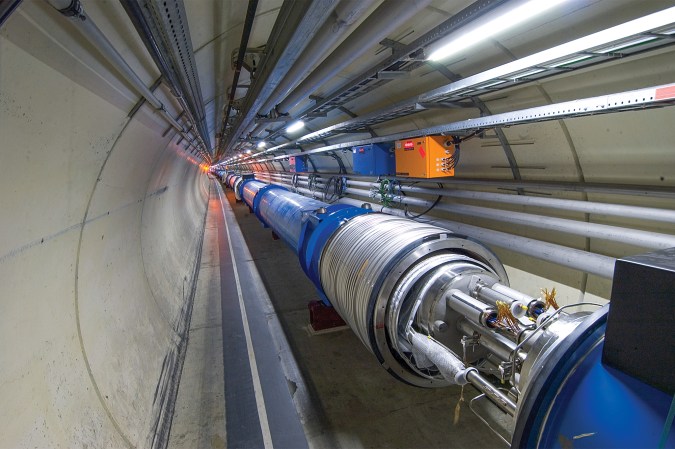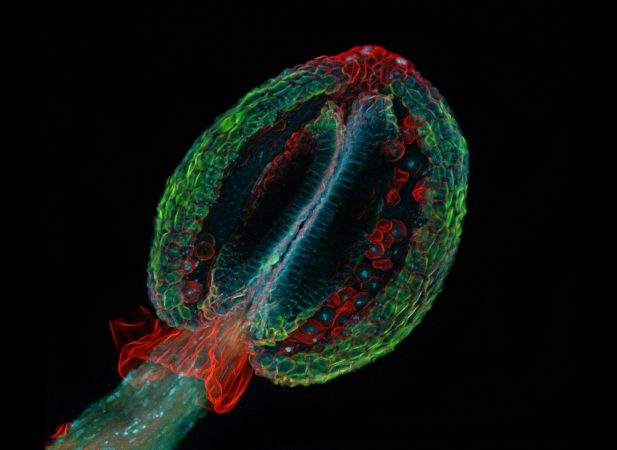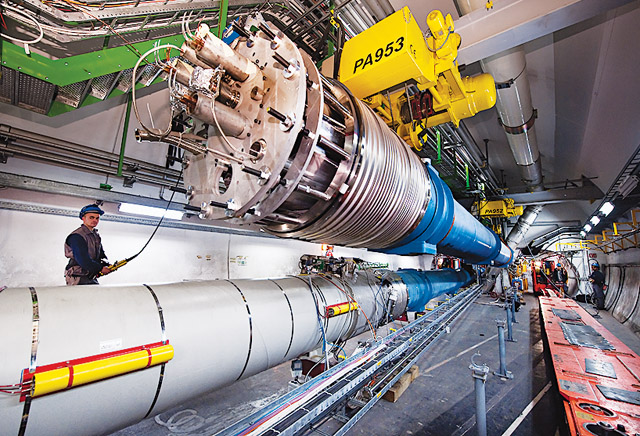

Before scientists can put the Large Hadron Collider back to work this month solving the mysteries of particle physics, the LHC’s engineers face critical repairs to the $5-billion device. First up: Fix the 53 superconducting magnets trashed in September 2008 when a power cable broke, causing the magnets to warm above their –458˚F operating temperature and lose conductivity, or “quench.” Then pipes for helium coolant melted, further damaging the magnets.
Here, the other key upgrades and a few of the thousand chores still to go:
- Drill eight-inch relief valves into half of the 1,232 dipole magnets that steer the proton beam around the track, to allow for a controlled pressure release in case of another leak.
- Install a new quench-protection system, which is 1,000 times as sensitive as its predecessor and shuts off the accelerator if it detects an abnormal voltage increase—an indicator of a heat spike.
- Search for and eliminate electrical faults between the magnets—especially where the cables join—which could increase electrical resistance, causing the cables to overheat and melt.
- Cool the entire 17-mile track back down to –458˚F with liquid helium. (Engineers brought the sections up to room temperature so they could work inside the tunnel.)
- Ramp up the current in the magnets from a couple hundred amps to 6,000 over a few weeks. During this time, test the quench-protection system by intentionally overheating the magnets.
- Perform the final machine check, covering some 10,000 items, such as the systems that inject the proton beam into the collider and extract it within 1/5,000 of a second if a magnet fails.








